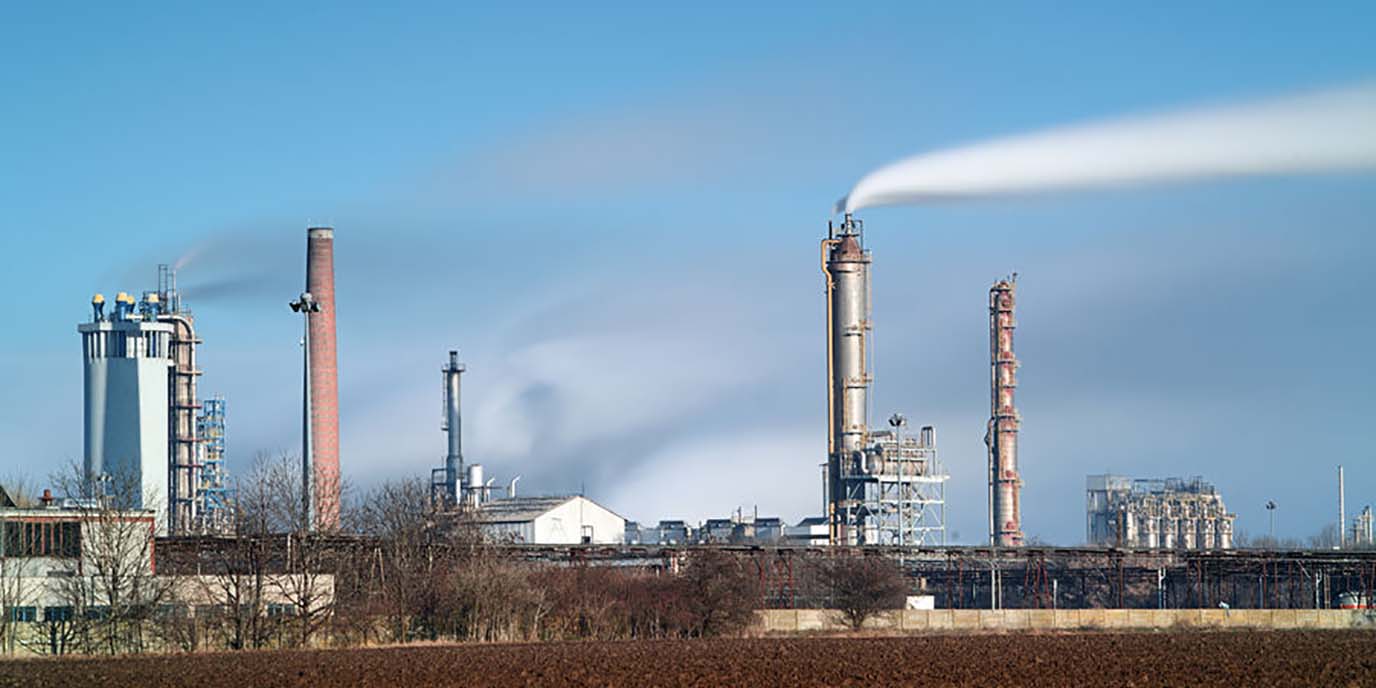Condition-based maintenance
Project leaders:
Consortium:
University of Groningen, Eindhoven University of Technology (TU/e), Tilburg University (UvT), BP, Gasunie, Oliveira, ORTEC, SABIC, Sitech, SPIE, Stork,
Funding from:
Dinalog: 50%, universities: 25%, business community: 25%
Summary:
The maintenance strategy which businesses traditionally pursue is corrective in nature: when a part has broken down, a mechanic will hurry to the scene to solve the problem. This has the disadvantage that the machine is at a standstill, which costs time and money. That is the reason why many businesses have shifted to preventive maintenance: this means that components are changed before they break down - for instance, after a predetermined number of operating hours - to keep the machinery from coming to a standstill unexpectedly. An additional advantage is that maintenance jobs can be coordinated, so that maintenance costs fall.
A major drawback of preventive maintenance, though, is that components are replaced when they are not broken at all. Condition-based maintenance provides the solution. If certain conditions, including temperature, pressure and vibrations are constantly measured, it will be increasingly easy to predict when components will break down. If businesses replace these components at exactly the right moment, the machine's standstill will be minimal and they will optimally benefit from the components' life. Just as with corrective maintenance, though, businesses run the risk of running from incident to incident, because today one component may announce the end of its life and tomorrow it's another one's turn to give up. This means that there is no longer any coordination of maintenance tasks.
This large-scale research project aimed to find ways to combine the best aspects of preventive and condition-based maintenance. The focus is on the process industry, which operates complex, expensive machinery that runs 24 hours a day, 7 days a week. If these facilities are at a standstill, it immediately affects profitability in many instances. Another problem is that it is often difficult to switch them on and off. Therefore, smart maintenance planning is crucial for this industry in particular. It can be created by introducing an integrated approach, using elements from both preventive and condition-based maintenance. The research was comprised of three subprojects:
-
Planning of condition-based maintenance. When a disruption arises, the mechanics, spare parts and tools which are required still need planning. How much time in advance does a disruption have to make itself known? And could planning be improved by sharing historical data?
-
Clustering maintenance tasks. Once maintenance has been planned, is it possible to carry out other maintenance tasks at the same time? How can maintenance tasks carried out by different maintenance companies be brought into line with each other? Could mechanics and equipment be exchanged?
-
Implementation in practice. What is needed to bring an integrated approach into practice? How should businesses who own the machinery work together with their maintenance companies to achieve the best possible results? What obstacles could be encountered?


